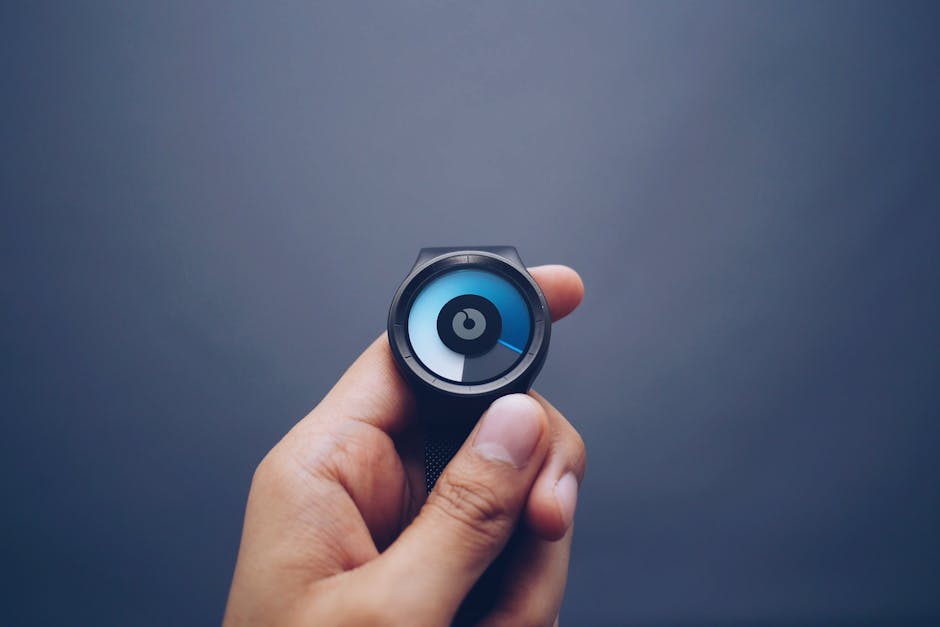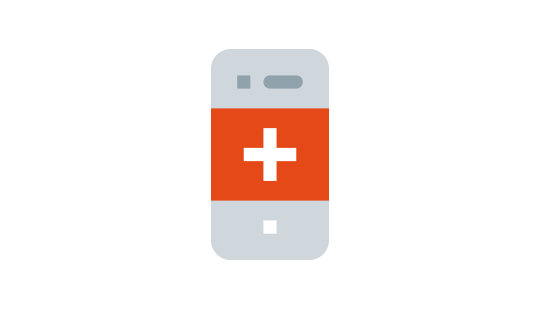As we become more interconnected, technology is changing just about every industry including the healthcare arena. Healthcare has been one of the most exciting new frontiers. What best way is to test cutting-edge technology than to use it for human consumptions and see if it really improves the quality of life.
The promise of unprecedented opportunities for technologies is reshaping different health platforms around the world. People are hoping that these new developments will finally solve all health-related issues that plague society for many decades. If you think you’ve got it all with your current fitness app on your smartphone, you’re definitely mistaken.
Below are the latest trends in healthcare technology that will invade 2018 and beyond.
The Wearable Technology

Wearable technology is already dominating the healthcare market with its sophisticated features, advanced user interface, and sleek portability. For people who are always on the go but can’t compromise healthcare maintenance, wearables are the perfect solution.
Smart wristbands, shoes, watches, eyeglasses, belts, and necklaces are some of the popular forms of wearables. Most of these items have built-in sensors that gather data that are then fed to software applications or databases for analysis. This analysis typically triggers a response.
Read more: How Technology is changing the face of transportation?
Although wearables are a typical sight nowadays, especially fitness trackers, studies show that abandonment rates among consumers are actually high. Most devices failed to keep the interests of users for how many months. The reasons cited for this neglect are physical discomfort, failure to bring actual results, and the inconveniences of always needing to sync them with smartphones.
Developers are constantly exploring new ways to develop new wearable products that can provide remarkable health benefits minus the inconveniences in the long run.
Predictions of wearables vary, but a consensus of health care analysts shows that it will project a high-growth potential in the upcoming years.
Promising Telehealth

Many healthcare providers and industries are now taking advantage of telecommunication technologies to keep up with the demands of a growing population.
It is a method of using digital information and communication technologies like computers and smartphones to manage health and well-being. It was developed as a solution for delivering services directly to patients who have no access to possible medical treatments in rural areas. The system is also proven to be effective in reducing costs for patients and improving health accounts apart from supporting clinical education programs.
Telehealth provides an incredible perspective for delivering less expensive, more convenient, better, and faster healthcare. Despite the promising remote patient monitoring, virtual visits, and other modalities in telehealth, many enterprises are still struggling when it comes to launching effective telehealth programs.
Different demographics also mean that acceptance of technology varies. Care executives even predicted that more members and patients including the elderly will start demanding telehealth services.
2017 is projected to be the defining year for telehealth. Until then, Medical billing in Houston, healthcare providers, doctors, and HMOs, or Health Maintenance Organizations should continue to develop new methods to provide health care services to patients by using phone, webcam, or emails.
Medical Health Apps
The rate of smartphone ownership is undeniably growing higher every year. You can even see a toddler finger playing on tablets and smartphones nowadays. It is no longer surprising that many healthcare providers are tagging along with the trend, developing user-friendly health apps available to everyone.
A study conducted online shows that two-thirds of the American population have already shown a high preference for digital health management compared to actual consultation. The same study reveals that 79 percent of Americans confirmed that they are willing to use wearables to manage their health issues, while 45 percent prefer actual consultation and 43 percent want to manage health issues on their own.
Gaining access to health information has never been easier. According to a recent study, users of mobile health applications have doubled over the last few years. From 33 % in 2016, it is expected to reach 50 % by the end of 2017.
According to research, the hospital readmission rate reduced to 92 percent and emergency room visits to 82 percent because of using mobile health apps. It is inevitable because of the convenience that mobile health apps not only stops at saving your time, it also extends to growing your savings since you do not have to go for actual consultations.
Hopefully, health apps will be more circulated and refined in the future. As of today, there are more than 250,000 mobile health applications available on major app stores and 13,000 publishers that have joined the market since 2015.
Takeaway
As consumers continue to look for high-quality yet affordable healthcare, providers also struggle to meet these demands. We all look forward to a future where everyone has access to health care systems and would no longer worry about getting sick. Technology is indeed a vessel of promising possibilities, and those possibilities are endless.


